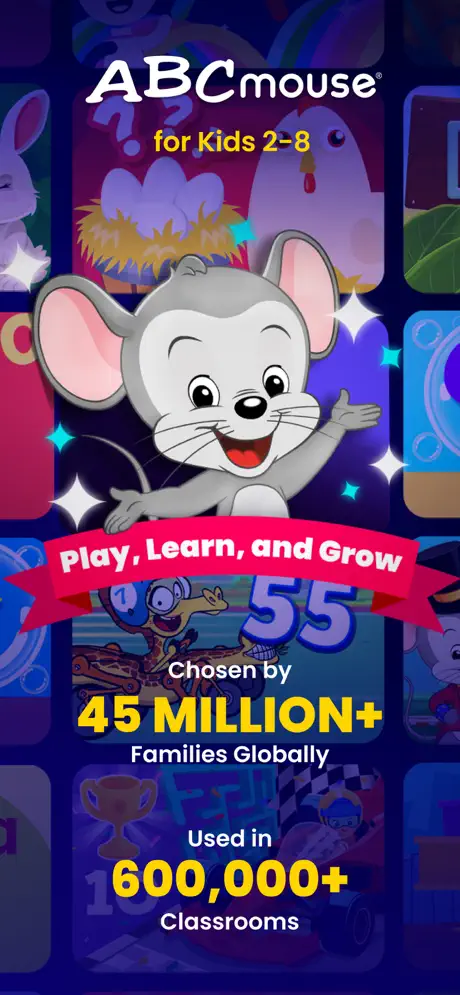Have you ever handed over a learning app to your child and quietly looked for a productive moment, only to find them mindlessly browsing and tapping through the entire screen, losing interest in no time? Well, this is a common scenario. Even though educational apps with learning games for kids are great mediums for early education, it can be challenging to keep your child engaged and focused.

Tips To Keep Your Child Engaged With A Kids’ Learning App
To keep your child engaged, the solution is not only getting your hands on the right application, but transforming screen time into an adventure for your child. The following are some effective tips to help you make educational apps work wonders for your kids learning process.
1.Select an interactive app
Not every kids learning app designed provides the same value; while some might educate and engage, others might fall short in the same areas. Therefore, it is crucial to consider learning apps for young minds that incorporate interactive activities to encourage active participation from the kids. Such apps come with question-and-answer sections, puzzles, and educational games.
Moreover, a kids education app should encourage children to engage in movement-based activities, such as tracing numbers or drawing letters. Additionally, storytelling is a significant element that helps children make informed decisions. Through these features in the education app, you can transform passive screen time into an attractive, engaging and interactive experience for each child.
2.Short and engaging sessions
To be real, kids come with short attention spans. This is why even the best learning apps might become overwhelming when used for long periods. Instead, try to offer your child structured learning sessions that are short and engaging. Try taking mini breaks in between by asking your child questions about what they have learned or understood. Switch to different interactive activities on the app, such as colouring or games, to keep things engaging and fresh for them. With a structured screen time, you can help your child grasp new information without getting distracted or feeling drained.
3.Combine app time with real-life activities
Learning shouldn’t pause when the screens are turned off. The best and most effective way to make lessons stick in the mind for longer is by connecting them to real-world experiences.
For instance, when practising reading, ask your children to read a short story aloud in front of you. Similarly, for math games, make them practice by counting objects all over your house or ask them to recognise colours and shapes with matching objects present around them. This method helps bridge the gap between hands-on and digital learning, making concepts clearer and more natural.
Conclusion:
Good educational apps for kids are a powerful tool for education in the early years; however, it is only effective when used correctly. By selecting interactive, educational apps, leveraging real-world experiences, keeping learning sessions short, and tracking their progress, you can be sure that your child is engaged, focused, and having fun. Hence, with the correct balance of learning sessions and playful activities, a learning app can be much more than just a screen time.